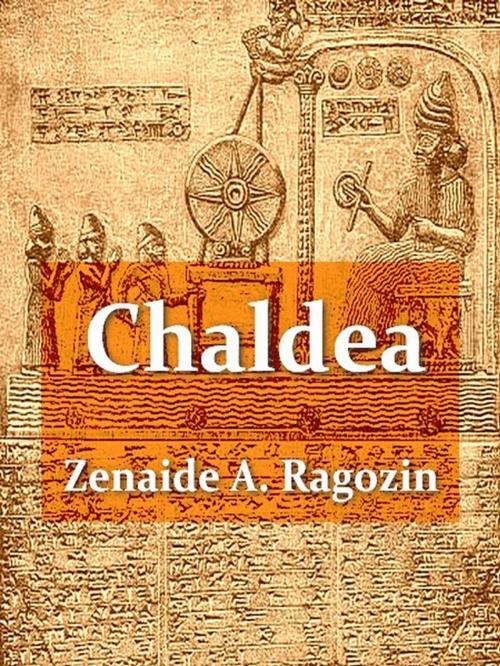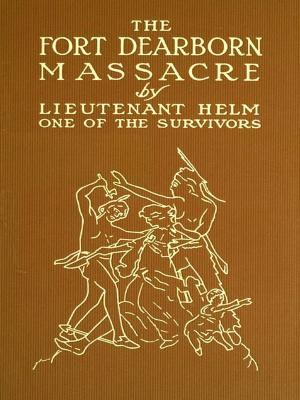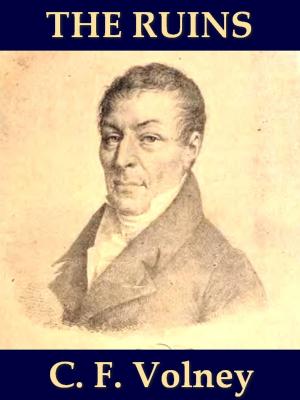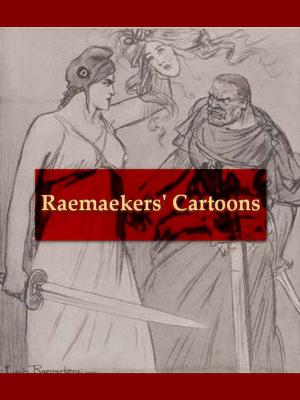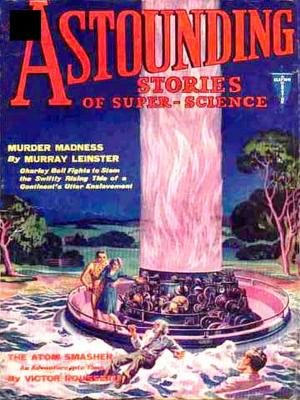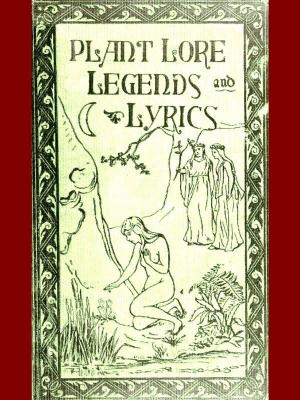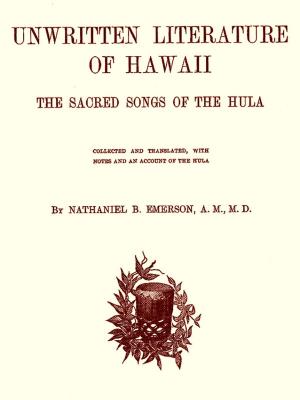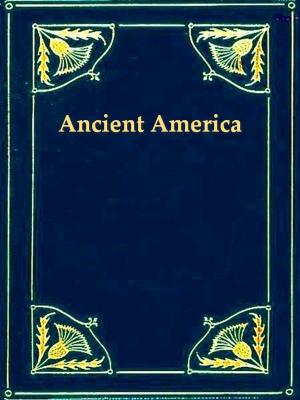| Author: | Zénaïde A. Ragozin | ISBN: | 1230000141877 |
| Publisher: | VolumesOfValue | Publication: | June 14, 2013 |
| Imprint: | Language: | English |
| Author: | Zénaïde A. Ragozin |
| ISBN: | 1230000141877 |
| Publisher: | VolumesOfValue |
| Publication: | June 14, 2013 |
| Imprint: | |
| Language: | English |
Chaldea
From the Earliest Times to the Rise of Assyria
This edition features
• illustrations
• a linked Table of Contents and Footnotes
CONTENTS (abridged list
INTRODUCTION.
I. Mesopotamia.—The Mounds.—The First Searchers
§ 1. Complete destruction of Nineveh.—§§ 2-4. Xenophon and the "Retreat of the Ten Thousand." The Greeks pass the ruins of Calah and Nineveh, and know them not.—§ 5. Alexander's passage through Mesopotamia.—§ 6. The Arab invasion and rule.—§ 7. Turkish rule and mismanagement.—§ 8. Peculiar natural conditions of Mesopotamia.—§ 9. Actual desolate state of the country.—§ 10. The plains studded with Mounds. Their curious aspect.—§ 11. Fragments of works of art amidst the rubbish.—§ 12. Indifference and superstition of the Turks and Arabs.—§ 13. Exclusive absorption of European scholars in Classical Antiquity.—§ 14. Forbidding aspect of the Mounds, compared with other ruins.—§ 15. Rich, the first explorer.—§ 16. Botta's work and want of success.—§ 17. Botta's great discovery.—§ 18. Great sensation created by it.—§ 19. Layard's first expedition.
II. Layard and his Work
§ 1. Layard's arrival at Nimrud. His excitement and dreams.—§ 2. Beginning of difficulties. The Ogre-like Pasha of Mossul.—§ 3. Opposition from the Pasha. His malice and cunning.—§ 4. Discovery of the gigantic head. Fright of the Arabs, who declare it to be Nimrod.—§ 5. Strange ideas of the Arabs about the sculptures.—§ 6. Layard's life in the desert.—§ 7. Terrible heat of summer.—§ 8. Sand-storms and hot hurricanes.—§ 9. Layard's wretched dwelling.—§ 10. Unsuccessful attempts at improvement.—§ 11. In what the task of the explorer consists.—§ 12. Different modes of carrying on the work of excavation.
III. The Ruins
...
VIII. Religion and Mythology.
Chaldea
From the Earliest Times to the Rise of Assyria
This edition features
• illustrations
• a linked Table of Contents and Footnotes
CONTENTS (abridged list
INTRODUCTION.
I. Mesopotamia.—The Mounds.—The First Searchers
§ 1. Complete destruction of Nineveh.—§§ 2-4. Xenophon and the "Retreat of the Ten Thousand." The Greeks pass the ruins of Calah and Nineveh, and know them not.—§ 5. Alexander's passage through Mesopotamia.—§ 6. The Arab invasion and rule.—§ 7. Turkish rule and mismanagement.—§ 8. Peculiar natural conditions of Mesopotamia.—§ 9. Actual desolate state of the country.—§ 10. The plains studded with Mounds. Their curious aspect.—§ 11. Fragments of works of art amidst the rubbish.—§ 12. Indifference and superstition of the Turks and Arabs.—§ 13. Exclusive absorption of European scholars in Classical Antiquity.—§ 14. Forbidding aspect of the Mounds, compared with other ruins.—§ 15. Rich, the first explorer.—§ 16. Botta's work and want of success.—§ 17. Botta's great discovery.—§ 18. Great sensation created by it.—§ 19. Layard's first expedition.
II. Layard and his Work
§ 1. Layard's arrival at Nimrud. His excitement and dreams.—§ 2. Beginning of difficulties. The Ogre-like Pasha of Mossul.—§ 3. Opposition from the Pasha. His malice and cunning.—§ 4. Discovery of the gigantic head. Fright of the Arabs, who declare it to be Nimrod.—§ 5. Strange ideas of the Arabs about the sculptures.—§ 6. Layard's life in the desert.—§ 7. Terrible heat of summer.—§ 8. Sand-storms and hot hurricanes.—§ 9. Layard's wretched dwelling.—§ 10. Unsuccessful attempts at improvement.—§ 11. In what the task of the explorer consists.—§ 12. Different modes of carrying on the work of excavation.
III. The Ruins
...
VIII. Religion and Mythology.
